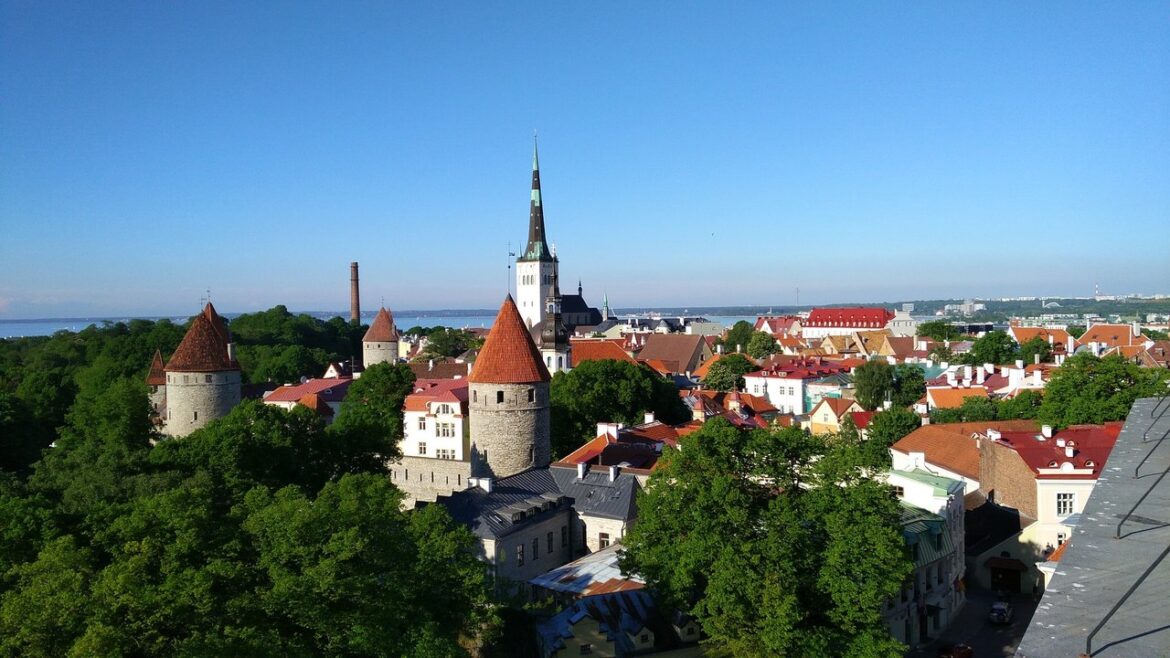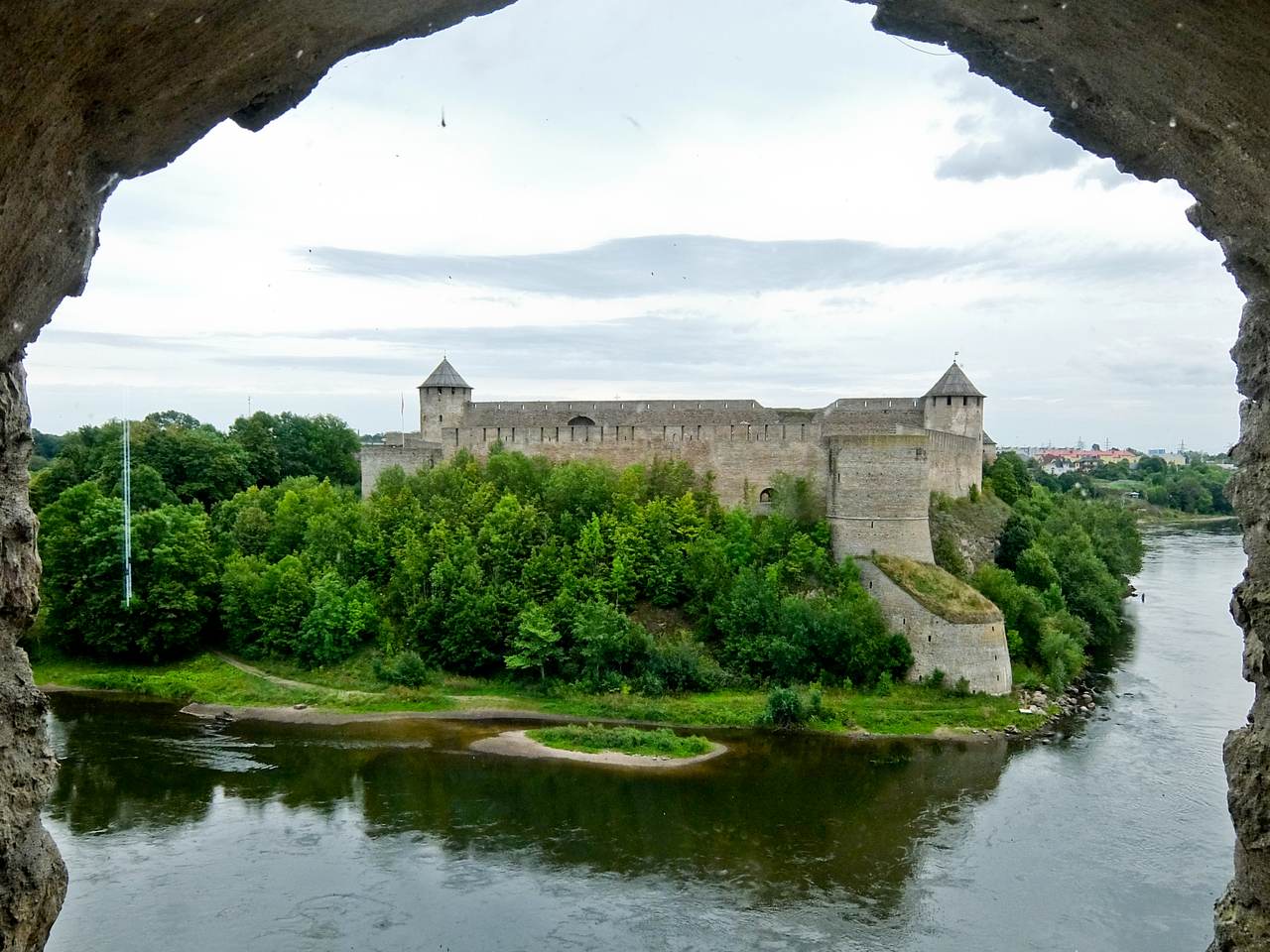Estonia is one of three Baltic countries, including Latvia and Lithuania, which lost their independence after World War II and were forced to join their larger neighbor, the Soviet Union. Although that time is still a recent memory, Estonians are eagerly awaiting and there is a welcome optimism in the air.
In the far east of the country, another bank of the Narva River in Russia and a secluded patrol boat keep Estonian fishermen by the water.
The Friendship Bridge connects the two countries, with large trucks lined up to cross the international border, but otherwise, everything is quiet. It is only 30 years since Estonia became independent after the collapse of the Soviet Union and since then a lot of water has flowed under the bridge.
Narva
The majority of people living in Norway still speak Russian and are waiting for the former industrial city to be rebuilt. Greenhome production was the largest textile complex in Europe and the most modern in the Russian Empire, with 20,000 workers at its height. It finally closed in 2010 and everything left just a shell. It is an extraordinary place, occupying a huge space on an island in the middle of the river, and preserving 19th-century buildings, just dreaming of new projects.
The future of Narva Castle is bright, dating back to the 13th century and one of the best-preserved in Estonia. Located 50 meters above the Herman Tower, it faces its Russian counterpart, Ivangorod Castle, on the other side of the river. Inside there is a nice interactive museum that tells the history of the ages and the surrounding fields are one of the few surviving statues of Lenin in Estonia. From here it is possible to take a cruise to the spa resort near Norva-Jesus with its long sandy beach.
Sillamäe
30 minutes west of Norva-Jesu, Silamu was a 19th-century summer resort that was popular with Russian artists and musicians, including Tchaikovsky. It disappeared from the map, however, after World War II, when uranium was discovered here and a processing center was built. Elite scientists and military forces came to work here and Stalinist neoclassical buildings were scattered in the center for their residence.
Mining Museum
I was driving about 30 minutes ago in Kohtala-Jarve where a working mine has been converted into a museum, complete with an underground railway. You get your helmets and overlays and go to explore the depths after feeding the workers. Huge machines covered in dirt and rust are driven to live by the guide, he is a former miner, and it becomes clear why the longevity was not too long.
Shale oil mining began here in 1931, and the piles of limestone loot around the mine have now been converted into artificial skulls and off-road tracks. The area that was once badly damaged by the smoke from the processing plant has been reforested and the abandoned mines are now attractive lakes. Estonia is now set to suspend all shale oil production.
Tallinn
I arrived in the capital, Tallinn, and wandered around the delightful old town, with little traces of the Soviet era. In fact, wandering the narrow, winding streets takes you back to the 15th century. It is divided into two levels, the upper castle, the cathedral, and the seat of government, and the lower, the merchant’s house and the secret courtyard of the Hanseatic League.
The port played a major role in trade between Russian and German cities in the Baltic region between the 1st and 1st centuries and was the basis for the construction of the 20th Russian submarine.
All are long gone and there are massive developments at Nobelson, including new apartments, shops, galleries, and restaurants. There is even a group of igloos that are on the coast, which serve as separate saunas.…
